Filter by
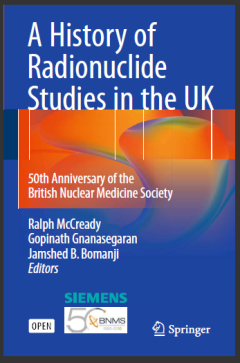
A History of Radionuclide Studies in the UK : 50th Anniversary of the British…
The British Nuclear Medicine Society (BNMS) is a registered charity that was originally established in 1966 as the Nuclear Medicine Society. It is the only independent forum devoted to all aspects of nuclear medicine, clinical practice, education, research and development of nuclear medicine within the UK. Nuclear medicine covers the whole spectrum of medical diagnostic, investigational and inv…
- Edition
- -
- ISBN/ISSN
- 978-3-319-28624-2
- Collation
- -
- Series Title
- XVIII, 152 halaman
- Call Number
- 610 HIS
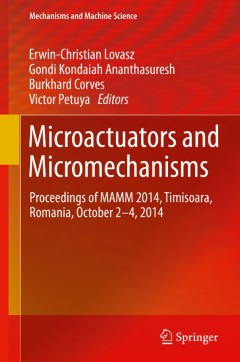
Microactuators and Micromechanisms
This book contains applications of micromechanisms and microactuators in several very modern technical fields such as mechatronics, biomechanics, machines, micromachines, robotics and apparatuses. In connection with its topic, the work combines the theoretical results with experimental tests on micromechanisms and microactuators. The book presents the most recent research advances in Machine…
- Edition
- 1
- ISBN/ISSN
- 978-3-319-15861-7
- Collation
- XIII, 199
- Series Title
- Mechanisms and Machine Science
- Call Number
- -

Microbial Endocrinology: Interkingdom Signaling in Infectious Disease and Health
This new edition highlights the numerous advances made in the field of microbial endocrinology over the last five years. Prominent among these new topics featured is the emergence of the microbiota-gut-brain axis and the role it plays in brain function. Specific focus is given to the role of microbial endocrinology in the evolutionary symbiosis between man and microbe as it relates to both heal…
- Edition
- 1
- ISBN/ISSN
- 978-3-319-20214-3
- Collation
- XIII, 374
- Series Title
- Advances in Experimental Medicine and Biology
- Call Number
- -

Microbial Toxins and Related Contamination in the Food Industry
This Brief concerns the chemical risk in food products from the viewpoint of microbiology. The “Hazard Analysis and Critical Control Point” (HACCP) approach, which is applied for this purpose, is dedicated to the study and the analysis of all possible dangers by food consumptions and the related countermeasures with the aim of protecting the health of consumers. This difficult objective is …
- Edition
- 1
- ISBN/ISSN
- 978-3-319-20558-8
- Collation
- VI, 101
- Series Title
- SpringerBriefs in Molecular Science
- Call Number
- -
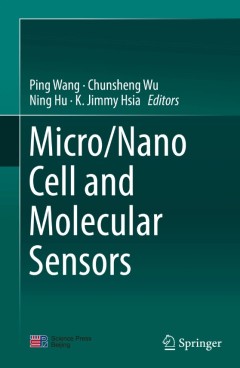
Micro/Nano Cell and Molecular Sensor
This book focuses on cell- and molecule-based biosensors using micro/nano devices as transducers. After providing basic information on micro/nano cell- and molecule-based biosensors, it introduces readers to the basic structures and properties of micro/nano materials and their applications. The topics covered provide a comprehensive review of the current state of the art in micro/nano cell- and…
- Edition
- 1
- ISBN/ISSN
- 978-981-10-1656-1
- Collation
- V, 243
- Series Title
- -
- Call Number
- -
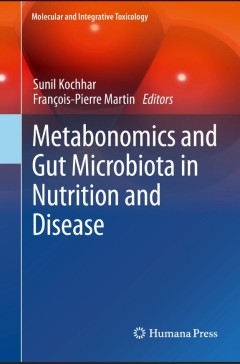
Metabonomics and Gut Microbiota in Nutrition and Disease
This book provides a comprehensive overview of metabonomics and gut microbiota research from molecular analysis to population-based global health considerations. The topics include the discussion of the applications in relation to metabonomics and gut microbiota in nutritional research, in health and disease and a review of future therapeutical, nutraceutical and clinical applications. It also …
- Edition
- -
- ISBN/ISSN
- 978-1-4471-6538-5
- Collation
- XVI, 375
- Series Title
- Molecular and Integrative Toxicology
- Call Number
- -
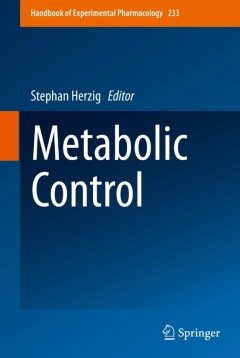
Metabolic Control
Stephan Herzig obtained his PhD from the University of Göttingen, Germany, in 1999. Supported by the German Research Foundation DFG he then joined the Salk Institute for Biological Studies, La Jolla, CA, for his postdoctoral training. In 2004, he established an Emmy-Noether and Marie Curie Junior Research Group at the German Cancer Research Center (DKFZ) in Heidelberg, Germany. He became Head …
- Edition
- 1
- ISBN/ISSN
- 978-3-319-29804-7
- Collation
- VIII, 469
- Series Title
- -
- Call Number
- -
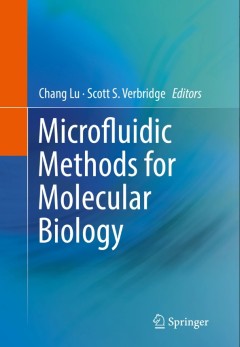
Microfluidic Methods for Molecular Biology
This book covers the state-of-the-art research on molecular biology assays and molecular techniques enabled or enhanced by microfluidic platforms. Topics covered include microfluidic methods for cellular separations and single cell studies, droplet-based approaches to study protein expression and forensics, and microfluidic in situ hybridization for RNA analysis. Key molecular biology studies u…
- Edition
- 1
- ISBN/ISSN
- 978-3-319-30017-7
- Collation
- XII, 376
- Series Title
- -
- Call Number
- -
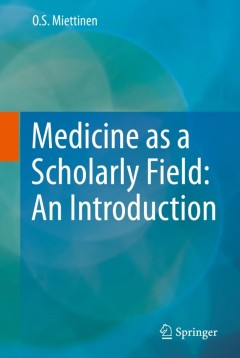
Medicine as a Scholarly Field: An Introduction
This book exposes, and fills, a notable void in the educational content generally covered in modern schools of medicine. It provides an introduction to the field at large in terms of content that is relevant for each of the specialties and subspecialties of medicine; and to this end, it addresses the modern counterpart of the Hippocratic philosophy that was at the root of the genesis of modern …
- Edition
- 1
- ISBN/ISSN
- 978-3-319-19011-2
- Collation
- XVI, 136
- Series Title
- Medicine as a Scholarly Field: An Introduction
- Call Number
- -
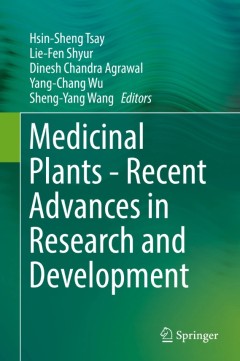
Medicinal Plants - Recent Advances in Research and Development
Since ancient times, plants have been used as a prime natural source of alternative medicines and have played an important role in our lives. The old tradition of medicinal plant application has turned into a highly profitable business in the global market, resulting in the release of a large number of herbal products. People have tried to find different sources of medicines to alleviate pain a…
- Edition
- 1
- ISBN/ISSN
- 978-981-10-1084-2
- Collation
- XXIII, 491
- Series Title
- -
- Call Number
- -
 Computer Science, Information & General Works
Computer Science, Information & General Works  Philosophy & Psychology
Philosophy & Psychology  Religion
Religion  Social Sciences
Social Sciences  Language
Language  Pure Science
Pure Science  Applied Sciences
Applied Sciences  Art & Recreation
Art & Recreation  Literature
Literature  History & Geography
History & Geography